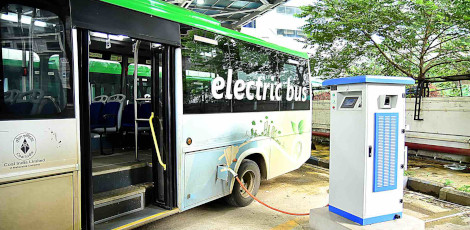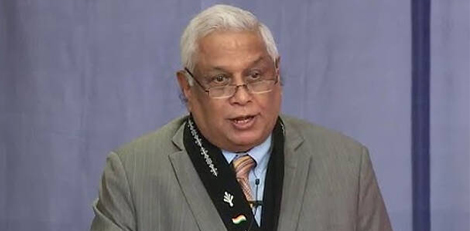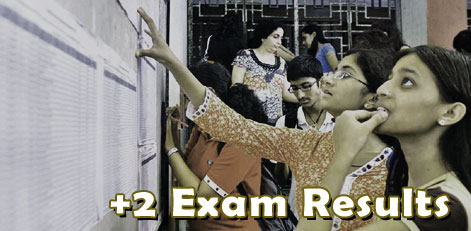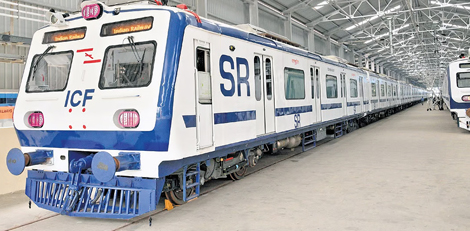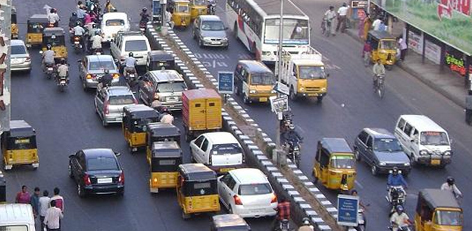Repo rate, CRR and SLR. What are these?
Posted on: 05/Oct/2017 2:52:11 PM

On Wednesday, the Reserve Bank of India has retained the repo rate at 6 percent, and slashed down Statutory Liquidity Ratio (SLR) by 50 basis points, and brought down to 19.5 percent, expecting an upside risk of retail inflation. While managing money supply and controlling inflation, the rates including repo rate, cash rate and reverse repo rate also hold key for interest rates towards retail loans such as home loans, auto and car loans.What are these rates and impact?
Cash Reserve Ratio (CRR)
Cash Reserve Ratio is the percent of cash deposits needed by the banks for keeping up with the RBI every fortnight. At present, the CRR is 4 percent for every deposit of Rs 100 made, and the banks will have to deposit Rs 4 with the RBI. So the lending amount will be Rs 96.
How does it impact?
With increased CRR, there is lesser money available for lending. When there is not enough liquidity with the financial system, the lending rates should be increased by the banks for reducing money demand. On the same time, with CRR rate cut, there is increased liquidity in the market. The banks will thus be forced to lend these funds.
Statutory Liquidity Ratio, SLR
It is imperative for banks to invest specific percentage of deposits in specified financial securities such as those with central or state government. Banks will be able to earn out of this investment they make.
How does it impact you?
In spite of the higher reserve being safe, the capacity to lend gets restricted. This results in increasing lending rate by banks.
Repo rate
Repo rate is the rate at which banks get money from RBI. For this, they pledge government securities as and when they need funds for meeting their everyday obligations.
How can repo rate impact you?
With increased repo rate, the cost of funds by banks get increased. Whenever the funds get raised, it will get passed on to the customers in the name of interest rates.
What is reverse repo rate?
It is the interest rate that the RBI offers for the bank-taken loan for a short period.
How does it impact you?
When the rate is very high, the credit for borrowers gets increased as banks will be paying more interest when they get loan at higher rate as compared to retail borrowers.


